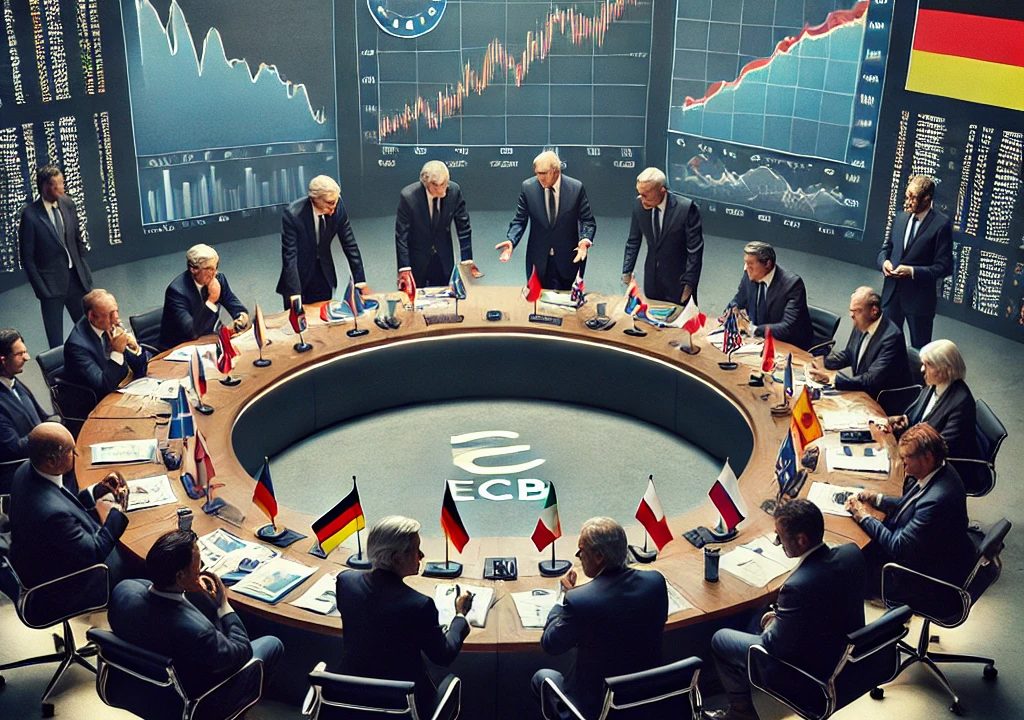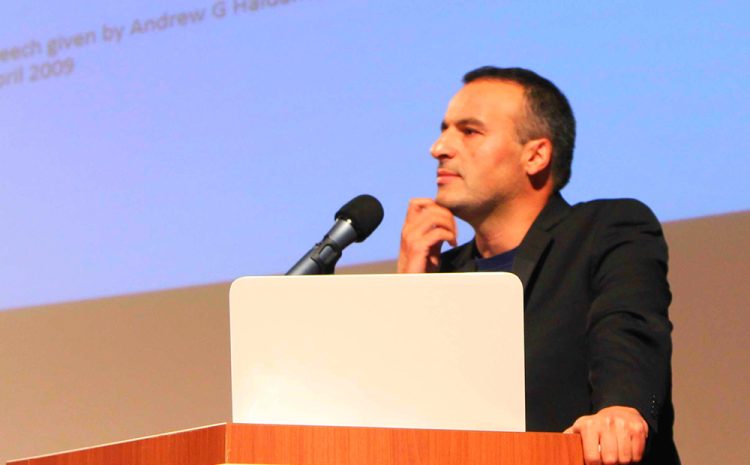
Author: Farhad Reyazat – PhD in Risk Management, Applied AI CPD in Financial Technology , Oxford University
The European Central Bank (ECB) is unlikely to adopt a highly stimulative monetary policy shortly, a concern reflected in market projections. Despite gradually reducing its policy rates, the ECB’s interest rate settings are expected to continue dragging on the euro zone’s slow-growing economy for the next two years. The challenge lies in balancing inflation targets and economic growth, as Europe remains vulnerable to global manufacturing slowdowns and China’s financial troubles.
Key points:
Given the euro zone’s weaker economic performance, the ECB has moved faster than the Federal Reserve (Fed) in cutting interest rates.
– Manufacturing makes up 20% of Germany’s economy and 15% of the euro zone’s, making it more vulnerable to global economic slowdowns.
– Disinflation has occurred quickly, but the ECB may struggle to maintain inflation near its 2% target, risking deflation.
Money markets project ECB rates to bottom out around 2.10%- 2.20%, with real rates staying positive, which might still be restrictive.
– ECB officials, including Isabel Schnabel, emphasize caution and a commitment to controlling inflation, but some, like hedge fund manager Stephen Jen, warn of potential deflation.
– Europe’s aging demographic and geopolitical upheavals continue to weigh on its economic potential, creating a risk of stagflation or deflation if inflation undershoots expectations.
In essence, the ECB faces the dilemma of balancing tight policies to control inflation against the risk of deflation and stagnation.






No Comments